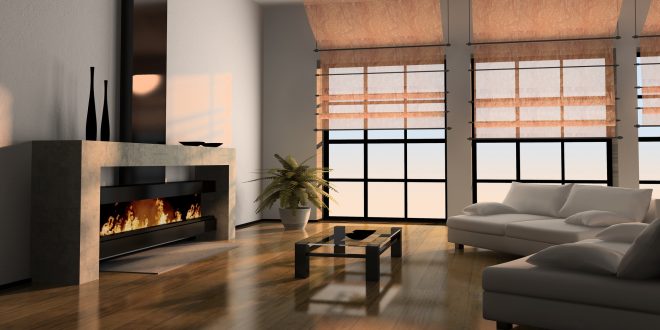Top Sustainable Interior Design Tips
With rising awareness of how valuable natural resources are, we are finally seeing a shift in human perception as we start prioritizing our environment over the goods we consume. As consumers, we now insist that the products we buy are made of sustainable materials and we’re more than ready to boycott companies and their brands if they refuse to step up to fight climate change. Moreover, around 75% of millennials are willing to work for less provided the company is environmentally responsible.
As a result of this, companies that conduct their business in a socially and environmentally responsible manner are more successful as consumers hold them accountable by way of purchasing choice and power. In the world of interior design, this opens up new pathways of contributing to a healthier planet by using eco-friendly materials in design projects. The following are the most recent developments in sustainable interior design.
Call for climate-positive design
It’s common knowledge now that every product made leaves a carbon footprint and affects the climate. The choices that companies make regarding materials, manufacturing processes, chemicals, packing, transport and waste disposal all impact both human and environmental health.
In this day and age, our role isn’t only to decrease the carbon footprint, but it’s also about a call for climate-positive design that helps in neutralizing carbon emissions and creates a healthier environment inside and out.
Fortunately, news from around the globe show a rapid increase in efforts invested by suppliers to improve their products’ environmental impact. Whether they’re going for waste reduction, water conservation, carbon emission reduction or energy efficiency, interior designers are joining in and giving their contribution to the climate-positive design by taking a more wholesome approach to the product story.
As this progressive master’s degree in product and interior design teaches, experimenting with different approaches to design is of utmost importance and in doing so, each designer needs to learn not only how to design functional and comfortable spaces, but also all about material recycling and environmental economics of products.
Moving towards a circular economy
Looking back, our world has always followed the linear economy of a take-make-waste concept and it’s been going on longer than most would like to admit. However, the idea of simply throwing out old interiors and replacing it with brand new design is off-trend.

The concept of a circular economy is based on the principle of keeping the materials and products in use and regenerating the natural systems with no waste and pollution. Nature itself creates no waste and it gives purpose to everything so circular economy tries to do the same – give specific purpose and function to everything and puts it to use in a continuous loop.
By carefully selecting materials and products, designers of today are able to make a positive impact on the circular economy and support a healthier environment. For instance, a commercial flooring company used by designers from around the world can make a substantial contribution to the preservation of our planet by using yarn made of recycled fishing nets and still create carpets that aren’t only gorgeous but also help in cleaning up the oceans, reducing carbon emissions and aiding third-world economies.
Revealing meaningful stories
One of the most compelling ways to support the circular economy and achieve climate-positive design is by making the personal change and inspiring others through your example. Authentic storytelling holds great power and when companies share real-life examples of their practices and deliver on their brand’s promise, customers around the globe are also compelled to make more environmentally-sound buying decisions.
Climate change is a serious global issue and most people feel as helpless individuals so they have high expectations of the companies they purchase from by expecting them to make a difference. Research data shows that around 90% of consumers worldwide would rather buy environmentally safe products and are even willing to pay a bit more.
Sharing positive stories with consumers that reveal the company’s sustainable practices that support a healthy environment and healthy communities helps increase their brand identity. This kind of transparency across companies and their supply chains also help brands satisfy the global demand for healthier production and healthier environments. Moreover, brands that are able to share their stories about healthier design also offer consumers more purchasing power to give their contributions to a healthier environment.
Being sustainable today goes beyond just limiting the damage we do to our world. Now, it’s imperative we reverse the damage and promote the practices with a positive impact. By following the ideas listed here, interior design can also help in creating a healthier and more sustainable future.


